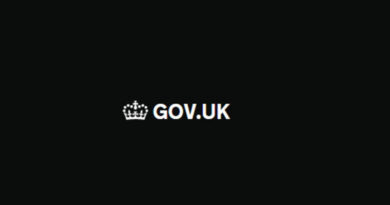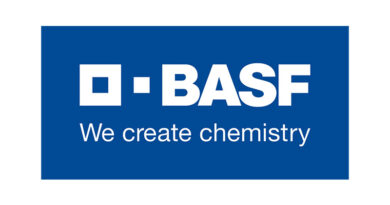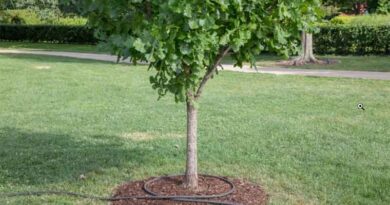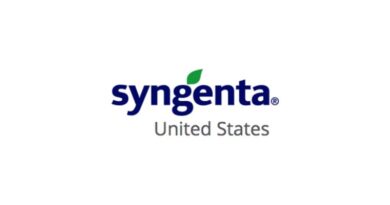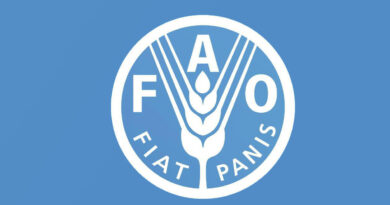New rules in place to stop invasive seaweed spreading
26 October 2022, NZ: New rules to prevent the spread of an invasive seaweed will soon make it illegal to anchor most vessels in 3 bays at Aotea Great Barrier Island.
Tougher restrictions, which come into effect at 11.59pm on Monday 31 October, are part of changes to a Controlled Area Notice (CAN) put in place by Biosecurity New Zealand to contain 2 non-native species of Caulerpa – an introduced seaweed that can spread rapidly and potentially over-run native species.
The CAN and a rāhui imposed by Mana Whenua for Aotea, Blind Bay, Whangaparapara Harbour, and Tryphena Harbour have been in place since mid-2021 when Caulerpa was first found in the areas.
Until now, anyone wanting to anchor in the areas has needed a permit from Biosecurity New Zealand that required the vessel’s anchor and chain to be cleaned of any seaweed debris before departing the area.
Biosecurity New Zealand’s director of response, John Walsh, says following a review of the CAN, there will be no anchoring allowed in the 3 Aotea bays except in an emergency, or in a few other exceptional circumstances by permit.
In addition, where all forms of fishing were previously banned, rod and line or handline fishing will now be allowed from the shore or wharves and jetties at Aotea.
“Caulerpa easily breaks into small fragments which can then be moved to other areas by people going about water activities such as anchoring, diving and fishing, which is why we need these legal controls.
“They’ve been in place for over a year now and we’ve worked with our partners in the response (Mana Whenua, councils and the Department of Conservation) to review the rules to be sure they are robust enough to contain the Caulerpa while having the least possible impact on communities and marine users.
“Permits will not be needed in an emergency – for example where vessels need to shelter from weather.
“Local residents who need to use a vessel for their regular transport and those needing to anchor for scientific research will be able to apply for permission,” Mr Walsh says.
“We looked hard at fishing and determined that line fishing from the shore or structures attached to the shore enabled local people to still fish for kai.
“However, all other types of fishing remain prohibited. Spearfishing, kina and crayfish gathering, net fishing and drift fishing from any type of vessel are not allowed.”
The geographical areas under controls remain the same. Maps and full information are at:
Caulerpa exotic seaweeds found at Great Barrier and Great Mercury islands
Exotic Caulerpa is also present in an area off the western coast of Ahuahu Great Mercury Island. This area is also under a rāhui and is part of Biosecurity New Zealand’s CAN.
The legal controls at Great Mercury Island are also currently under review and any changes to the rules there will be announced in the coming weeks. Until then, the existing restrictions remain in place – a ban on any fishing activity and a requirement that any vessels anchoring have a clean anchor and chain on departure.
While efforts continue to research control methods, extensive communications will focus on preventing its spread around the islands and to the New Zealand mainland.
A public information campaign started at Labour Weekend to raise awareness among boaties and other visitors to the islands about the CAN and the measures they must take to prevent the spread of Caulerpa.
If you think you have seen Caulerpa outside of the 4 known areas (Blind Bay, Whangaparapara and Tryphena Harbours, and the western coast of Great Mercury Island), contact Biosecurity New Zealand on 0800 80 99 66.
Also Read: List of pesticides restricted and banned for use in Agriculture in India
(For Latest Agriculture News & Updates, follow Krishak Jagat on Google News)







